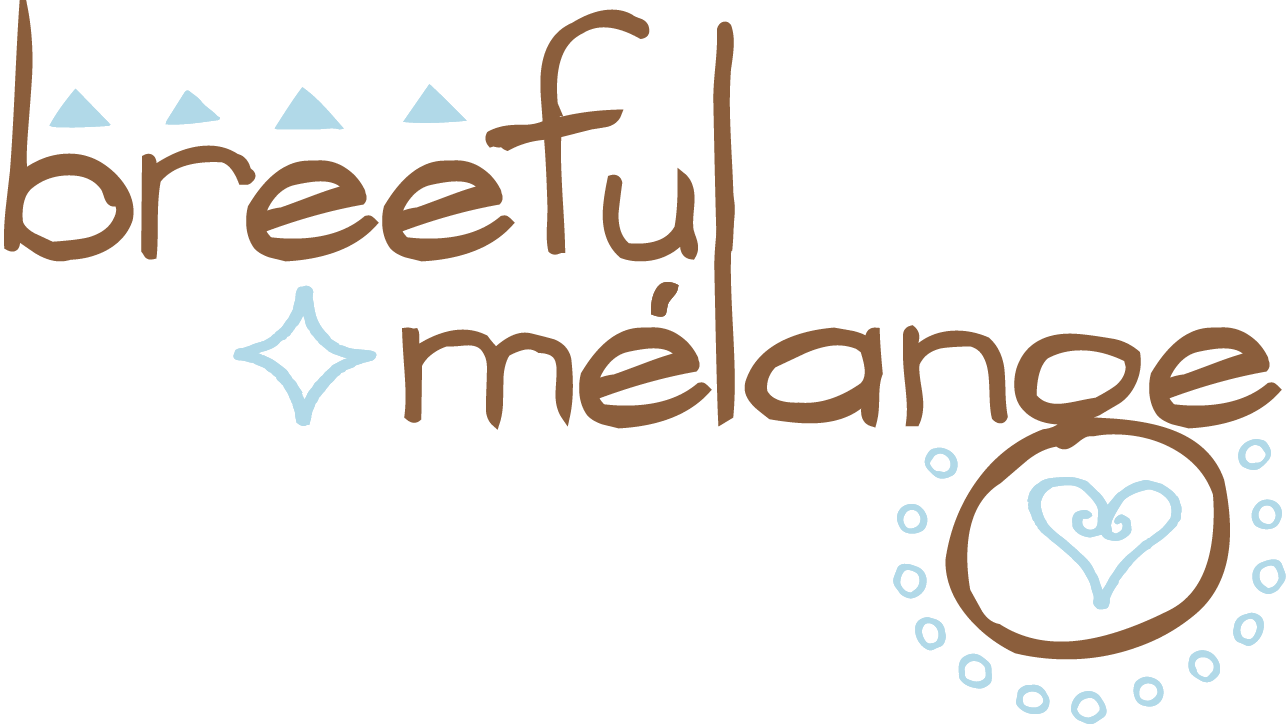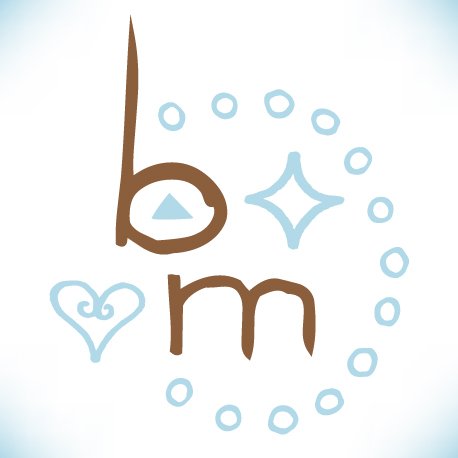Unveiling the Ancient Traditions of Cow Skulls: A Fusion of Cultures
Recently while researching for a western-themed event, I learned of the fascinating parallels between Western traditions and ancient beliefs from the Native Balinese, Native Americans, Egyptian, Hinduism, and Buddhism.
At first glance, the image of a cow skull conjures up visions of the Old West, evoking rugged landscapes and tales of frontier life. However, delving into its history reveals a narrative far more intricate and expansive than anticipated. Contrary to popular belief, the tradition of cow skulls spans centuries and traverses continents, weaving through the cultural fabric of civilizations around the globe.
Originally, I believed that the use of cow skulls was a unique hallmark of Western culture, synonymous with cowboy lore and saloon aesthetics. Yet, my research led me down a captivating path of discovery, to Skull Bliss which shared insight on the diverse ancient roots of this tradition. From the veneration of the cow where many indigenous people revered it as a source of life, as a symbol of fertility and abundance in ancient Egypt, to its sacred status in Hindu mythology as well as its symbolic resonance in Tibetan Buddhism, the cow skull emerges as a timeless emblem of spiritual significance.
In essence, the journey into the history of cow skulls serves as a testament to the interconnectedness of human cultures and the enduring resonance of symbols across time and space. What initially appeared as a quaint relic of the Wild West reveals itself to be a profound symbol with roots reaching back through the annals of history. This revelation underscores the richness of cultural exchange and the depth of human ingenuity, inviting us to appreciate the diverse tapestry of traditions that shape our world.






